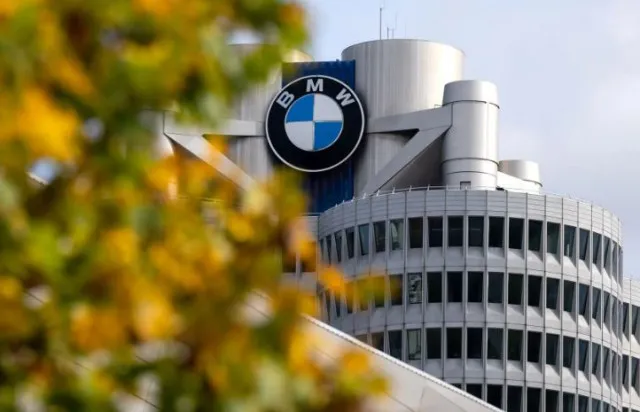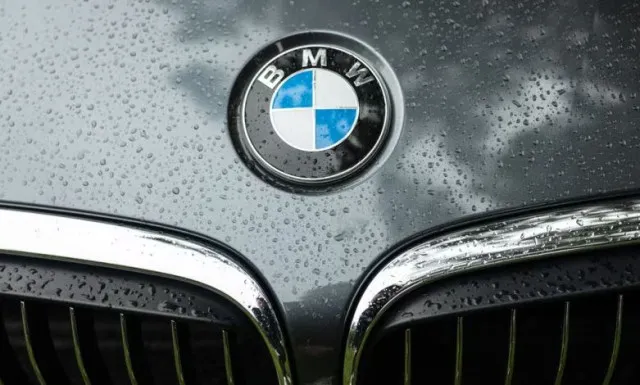What does BMW stand for? Editor · 23 September 2024
BMW is a name that resonates globally, synonymous with luxury, performance, and precision engineering. But despite its global recognition, there’s one question that often leaves people puzzled—What does BMW actually stand for? The answer takes us back to its roots in Germany, where this powerhouse in the automotive industry began its journey.
BMW: What Does It Stand For?

BMW stands for Bayerische Motoren Werke, which translates from German to Bavarian Motor Works. The name reflects the company’s origins in Bavaria, a state in southern Germany, with its headquarters located in Munich. The word “Bavarian” is a tribute to the company’s roots in this region, while “Motor Works” highlights its focus on engineering and manufacturing engines and vehicles.
Interestingly, BMW wasn’t always called this. The company was originally founded in 1916 under the name Bayerische Flugzeugwerke AG, meaning Bavarian Aircraft Works. This name highlights BMW’s early beginnings as an aircraft engine manufacturer during World War I.
Over time, as the company shifted its focus to automobiles and motorcycles, it adopted the name Bayerische Motoren Werke to reflect its evolving identity.
The Origins: From Aircraft Engines to Automobiles
In its early days, BMW was deeply involved in aircraft engine manufacturing, which is where the brand first gained recognition. During World War I, BMW produced high-performance engines for German fighter planes, establishing a reputation for precision and reliability.
However, after the war ended, the Treaty of Versailles restricted Germany’s ability to produce military aircraft, which forced BMW to pivot its business model. The company began manufacturing motorcycles and eventually expanded into automobile production in the late 1920s.
This transition marked the beginning of BMW’s journey from aircraft engines to the luxury automobiles we see today. Their first significant venture into cars came in 1928 with the production of the BMW 3/15, which was based on the British Austin 7. This laid the groundwork for what would become a dominant force in the global automotive market.
The BMW Logo: A Misunderstood Symbol
BMW’s logo is instantly recognizable worldwide—a circular design split into alternating blue and white quadrants. Many people believe that this logo represents a rotating propeller, which makes sense given BMW’s history in aviation. In fact, the company itself promoted this idea in a 1929 advertisement, which showed the logo superimposed over a spinning airplane propeller.
But here’s the surprising truth: the blue and white colors in the BMW logo are actually inspired by the Bavarian flag, not a propeller. Bavaria’s flag features a blue and white diamond pattern, symbolizing the brand’s roots in the region. At the time the logo was created, German laws prohibited companies from using national symbols for commercial purposes. So, BMW found a creative way to pay homage to its Bavarian heritage without directly copying the flag.
This combination of local pride and global recognition is what continues to make the BMW logo iconic today. It’s a subtle nod to the company’s origins, wrapped in a symbol of innovation and engineering excellence.
World War II: BMW’s Role and Post-War Struggles

BMW’s history is intertwined with the events of World War II, during which the company played a significant role in manufacturing engines for military aircraft. The war provided an opportunity for BMW to further solidify its reputation as a leader in engine technology.
However, when the war ended in 1945, BMW faced a series of challenges. The company’s factories were heavily bombed, and the Allied forces banned German companies from producing military aircraft. Additionally, the demand for luxury cars had plummeted as Europe faced economic hardship.
In response, BMW shifted gears once again. The company began producing household items and bicycles to survive during these tough times. It wasn’t until the early 1950s that BMW returned to car manufacturing, but they struggled to compete with more affordable vehicles from other manufacturers.
The Turning Point: The Birth of the BMW 2002
BMW’s fortunes began to turn around in the 1960s when the company introduced more affordable, performance-driven cars. One of the pivotal moments in BMW’s history was the release of the BMW 2002 in 1968. This sporty compact car became an instant success and helped define BMW’s identity as a manufacturer of performance vehicles that were both stylish and practical.

The 2002 model is often credited with setting BMW on its path to becoming a global powerhouse in the luxury automobile market. It combined sleek design, agile handling, and robust engineering, which appealed to a growing market of car enthusiasts looking for more than just a means of transportation.
BMW Today: A Legacy of Luxury and Innovation
Fast forward to today, and BMW is recognized as one of the world’s leading luxury car brands. The company produces a wide range of vehicles, from the iconic 3 Series to the cutting-edge electric i8 sports car. Over the years, BMW has expanded its offerings to include SUVs, motorcycles, and even electric vehicles, all while maintaining its commitment to performance, innovation, and luxury.
BMW’s philosophy of “Sheer Driving Pleasure” continues to resonate with drivers worldwide, offering a perfect balance between elegance and engineering excellence. The brand’s ability to adapt to changing markets, embrace new technologies, and push the boundaries of design has cemented its position as an industry leader.
The BMW Legacy: More Than Just a Name

So, what does BMW stand for? On the surface, it stands for Bayerische Motoren Werke, or Bavarian Motor Works. But in reality, it represents so much more. BMW embodies a legacy of innovation, resilience, and precision engineering that has spanned more than a century. From its origins in aircraft engine manufacturing to its current dominance in the luxury automotive world, BMW has always been at the forefront of technological advancement and performance.
The next time you see the BMW logo, remember that it’s not just a symbol of high-end cars. It’s a reflection of a rich history rooted in Bavarian craftsmanship, a commitment to excellence, and an enduring legacy that continues to shape the future of the automotive industry.
Conclusion: A Symbol of Excellence
In summary, BMW may stand for Bavarian Motor Works, but its impact on the world is far-reaching. From humble beginnings in aircraft engines to becoming a global leader in luxury cars, BMW’s story is one of innovation, determination, and engineering brilliance. The brand has evolved, yet it continues to honor its roots in Bavaria, as reflected in its name and iconic logo.
BMW represents more than just automobiles; it’s a symbol of craftsmanship, performance, and the pursuit of perfection that has inspired drivers for generations.



